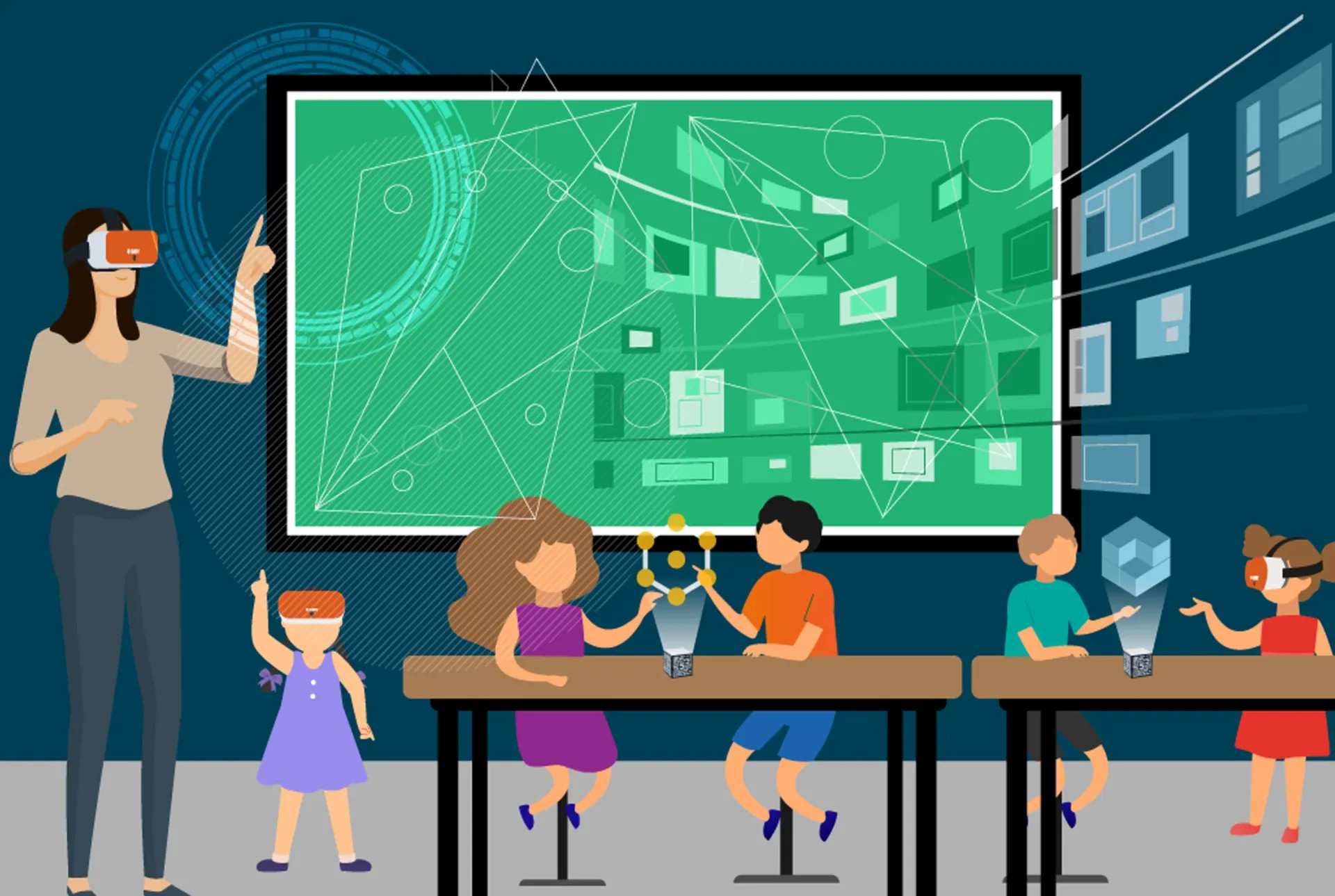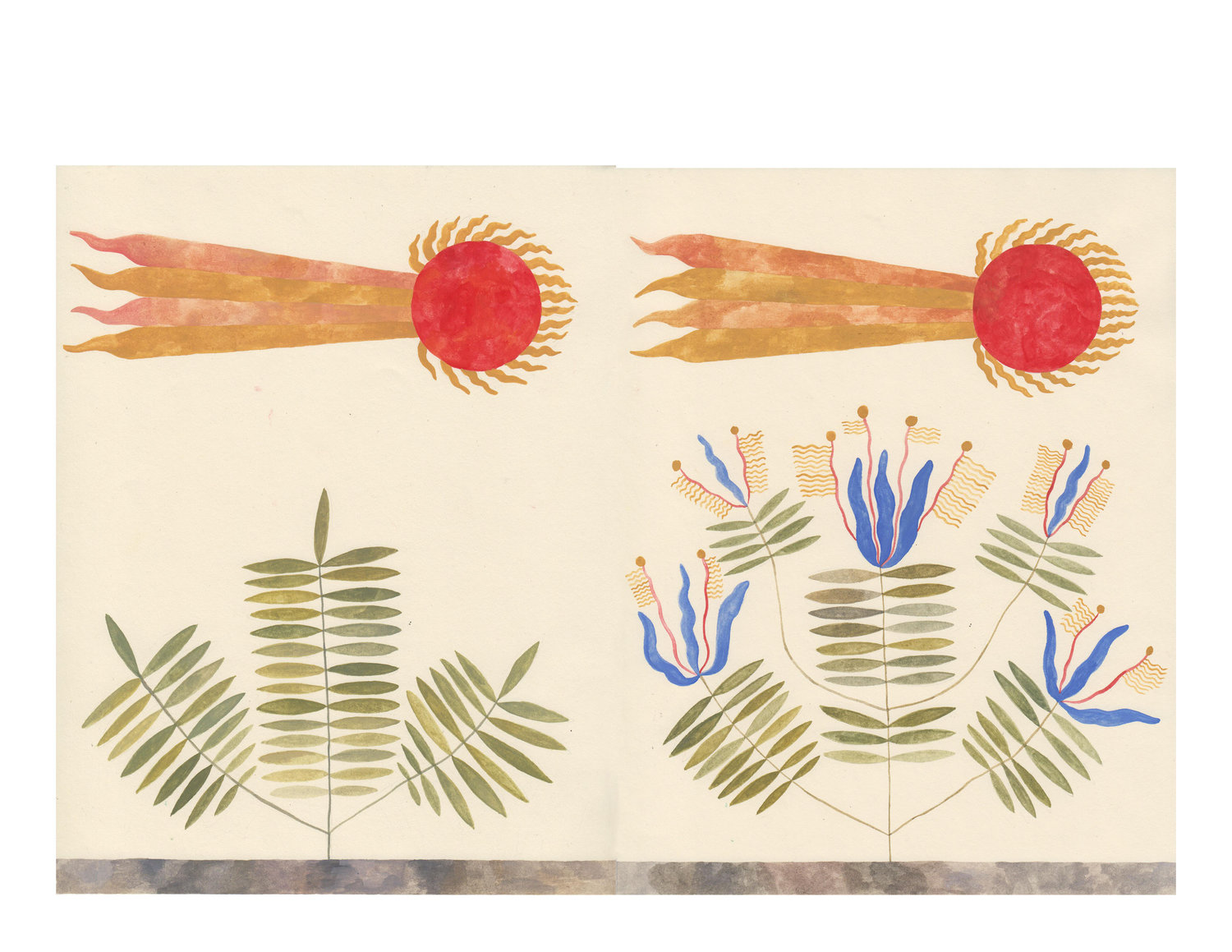Virtual Reality in the classroom

Virtual Reality is a merging of concepts that come out of several sources, stretching over a broad period of time. Efforts to produce life-like environments go back many years. For example, the Link Trainers, first developed in 1927-1929, attempted to duplicate the reality of an airplane cockpit (Rolfe & Staples, 1986, p. 19).
In her virtual reality bibliography, Hilary McLellan covers such fields as architecture, arts and entertainment, aviation, computer animation, education and training, medical imagery, music, robotics, sales and marketing, and virtual travel (McLellan, 1992).
Classroom uses of virtual reality seem to be almost infinite. In their seminal article, "The Implications of Education in Cyberspace," Rory Stuart and John C. Thomas (1991) list seven roles for cyberspace in education, which apply to the use of virtual reality in the classroom:
• Explore existing places and things that students would not otherwise have access to.
• Explore real things that, without alterations of scale in size and time, could not otherwise be effectively examined.
• Create places and things with altered qualities.
• Interact with people who are in remote locations through global clubs with a common interest, or collaborations on projects between students from different parts of the world.
• Interact with real people in non-realistic ways.
• Create and manipulate abstract conceptual representatives, like data structures and mathematical functions.
• Interact with virtual beings, such as representations of historical figures and agents who are representatives of different philosophies and viewpoints participating in simulated negotiation.
Reference:
> Pantelidis, V. S. (1993). Virtual Reality in the Classroom. Educational Technology, 33(4), 23–27. https://www.jstor.org/stable/44428033
